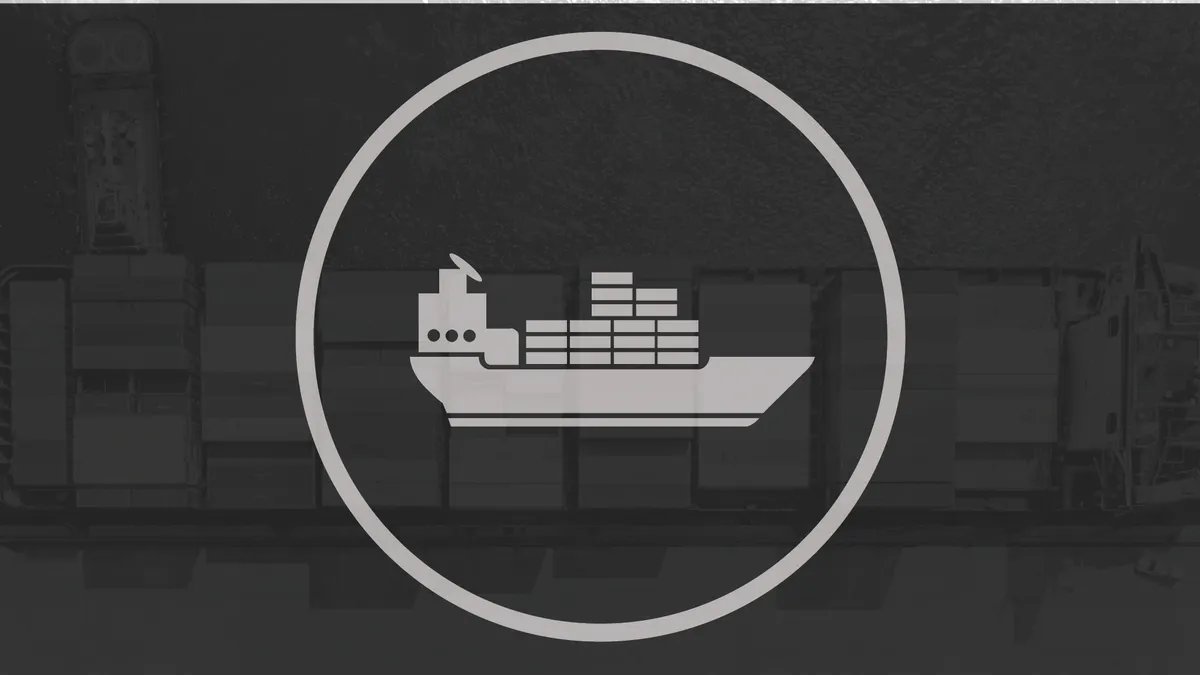Editor's Note: This story is part of a weekly analysis of the logistics industry's latest statistics. See an overview in our data hub.
Dive Brief:
- Ocean freight rates are at highs not seen since peak shipping season as shippers rush to beat the port, road and factory closures that await during Chinese New Year.
- Rates are still far below the two-year high reached at this time last year, when spot rates from China to the U.S. West Coast neared $2,000 per TEU and East Coast rates soared above $3,000 per TEU. In January 2018, rates hovered around $1,362 per TEU and $2,519 per TEU, respectively.
- Historical data also suggests January may see record port volumes, although February may hit record lows. Compared to last year, West Coast ports saw a more than 7% increase in volumes in December 2017.
Dive Insight:
"That container spot rates have increased since the start of year should not be a surprise to anyone," Drewry analysts wrote in the latest Container Insight Weekly. "The shutdown of factories during festivities means that shippers front load cargoes ahead of time, causing a demand spike that lifts prices."
What is surprising is the variance by which rates have shifted in the past year. Spot rates from China to the U.S. East Coast may have been at their highest level in 10 months this January, but that is still 19.7% below January 2017 levels. The story for the West Coast is hardly different; rates were 31.2% lower year-over-year this January.
The difference is most likely explained with the severe disruptions caused by Hanjin Shipping's bankruptcy in 2016, whose effects persisted for at least six months thereafter. The steady decline of rates in 2017 is less likely an indicator of future trends than an anomalistic market correction.
As a result, 2018 provides a clean slate to analyze the current state of the ocean shipping industry.
Last year, the gap between East Coast and West Coast ports appeared to be narrowing, in both spot rates and volumes. Will that trend continue, or was it just a side effect of 2016's disruptions?
C.H. Robinson's transportation risk calendar suggests the build up to Chinese New Year and Q3's peak season are the toughest time for shipping. What happens in between those months, particularly following the contract negotiation season in April and May, may be a better indicator of future trends.
But the ocean freight industry is rarely so simple. This year will bring the launch of Ocean Network Express and see the new major alliances mature after one year of service. Contract negotiations with new actors may throw rate normalization off course.
Perhaps the "familiar boom and bust trend before and after Chinese New Year" is something supply chains can be thankful for this year.















